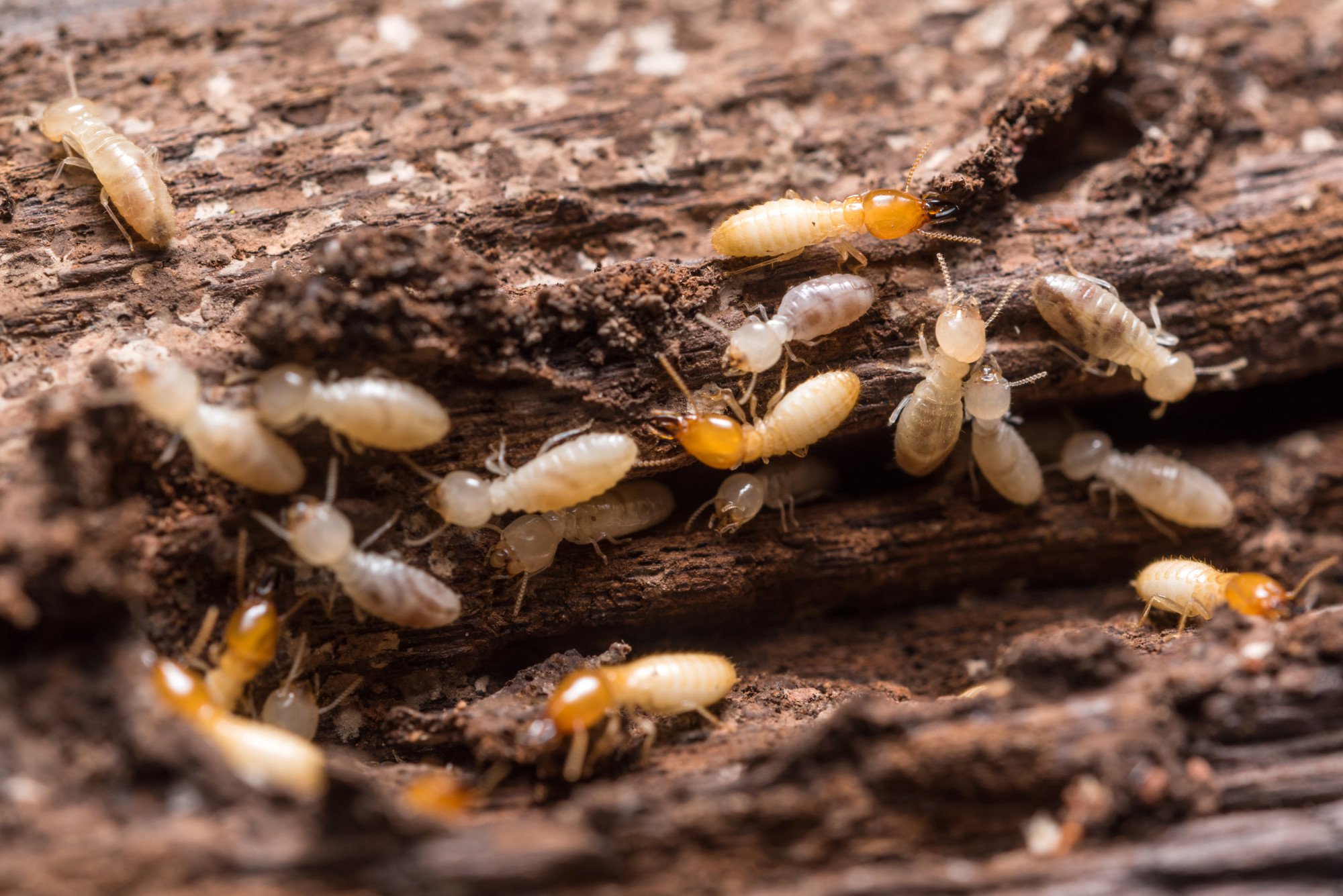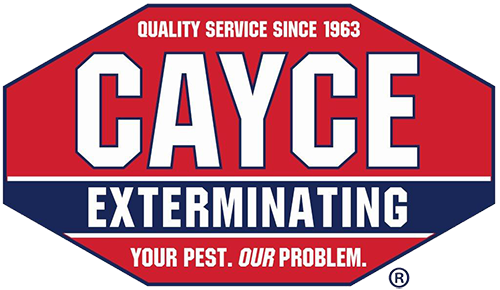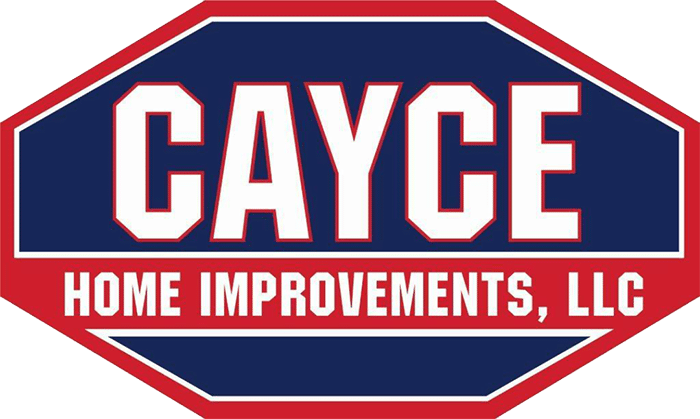Signs of Termites: 9 Clues That You Have Termites in Your Home

Did you know that it only takes termites 3 months to eat the wall and roofing lumber of a home? In the U.S., termites cause more home damage than fire, flood, storms, tornadoes, and hurricanes put together.
Can you recognize signs of termites? Keep Take action before it’s too late.
What You Should Know About Termites
You may not want to know anything about termites. Yet, you must understand the magnitude of damage these little insects can inflict on wood.
Termites primarily eat wood. Their favorite meal is the construction wood found in your home.
Don’t let their small size fool you. Termites join as a colony and can turn a piece of lumber into sawdust.
The winged termites may look like ants that tend to swarm in about March to May. If you care to closely examine the insect, you will see that the termite has straight antennae. You will also note that they have wings of equal size.
There is a bend in the ant’s antennae and their forewings appear shorter than the hind wings. Termites have straight waists while ants have tapered waists.
How Do You Know If Your Home Has Termites?
You may see termites come out of tree stumps, woodpiles, or other places in your yard. As long as they are away from your house, they’re not an immediate concern.
Looks for signs of termites at the base of walls, in porches or decks, or inside your home. Here are 9 signs of termites in your home.
1. You See Swarms of Termites
Flying termites often form swarms. This may be a sign of drywood or subterranean termite infestation.
Reproductive males and females leave their colony and create swarms. They mate and then find a new area to make a colony. This occurs one to two times each year, often during the spring or fall.
Termites also love light and you may see them swarming around outdoor or indoor lights.
2. You Find Termite Wings
If you find termite wings, this means they have found a new place for their colony. When they finish traveling, they drop their wings. At this point, their focus changes to building up their colony and mating.
You may find these wings near entrances to your home. For example, by doors, window ledges, vents, or below lights. Look for piles of small wings.
3. You See Evidence of Drywood Termite Activity
Have you noticed any creaking or sagging floors, loose tiles or flooring material ? Are your walls or ceilings cracked, sagging or bubbling?
We often first think of a water leak. It may, in fact, be drywood termites. They mimic water damage by creating crumbling paint and discolored or damp spots. Isn’t that great?
They like to live deep inside wood structures. Their favorite buffet item is the framework of your house.
4. That Noise in Your Wall May Not Be a Ghost
Termites can create soft, clicking sounds in your walls. They often engage in an activity called, “headbanging”.
This activity involves the termites banging their head against the wood or shaking their bodies. This behavior signals the colony that there is a danger.
5. You Find Termite Droppings
Termite droppings, called “frass”, indicate a termite infestation. Drywood termites make their nests inside of wood.
While tunneling through the wood, they also make holes to discard their frass. They like a clean nest.
Look for very small droppings that look like a pellet or wood shavings. They tend to be about one millimeter long and look like sawdust. You may find this anywhere you have wood in your home.
6. You Discover Hollow Wood
When you tap on wood surfaces in your home, they should sound solid unless you know it is hollow inside. If you tap and the wood sounds hollow or paper-like, this raises concern. If the wood breaks easily when you tap on it, call the exterminator.
Termites eat from the inside out. You might also find blistering of the wood as the damage progresses. Thus, their damage is hidden until the final moment.
Some of the best places to check for damage is on door jambs, baseboards, and windowsills.
7. Look for Wood Damage on the Outside of Your House
Cellulose in wood provides termites with their main nutrients. As they eat, the termites create long grooves that form a maze-like pattern. This causes the wood to weaken.
When the damage progresses far enough, it becomes a structural concern. The wood loses its structural integrity risking the collapse of walls, floors, ceilings, and other areas.
Once again, watch for hollow-sounding wood and sagging or buckling floorboards. Cracks appearing in walls and ceilings may also indicate severe damage.
8. Watch for Mud Tubes
Subterranean termites live in colonies underground. When searching for food, they leave tunnels above the ground. The tunnels are made from the termite’s feces, saliva, and the mud they dig through.
These mud tubes look like brown, dry, pencil-thin, cylindrical tunnels. You may see these in your yard or under your house.
9. You Find Clay-Looking Piles
You may find clay-looking “earth packings” by wood. This is often seen at joints or by foundation walls. Termites create these “Earthen flight” tubes. You will notice that the exit is horizontal to the wood.
These tubes form during colonizing fights. When the termites leave the tubes, small clay-looking formations get pushed out and fall below the hole. This signals one of the most important signs that you have a termite infestation.
Do You Think You Have a Termite Problem?
If you found some of these 9 signs of termites to be true in your house, act now. Our company’s mottos is, “Your pest. OUR problem.” We provide home repair services for those hit by termites.
We have been in the pest control business since 1963. Superior customer service and pest management drives our family-owned and operated company. We service residential and commercial properties.
Contact us today to protect your home and other buildings.

